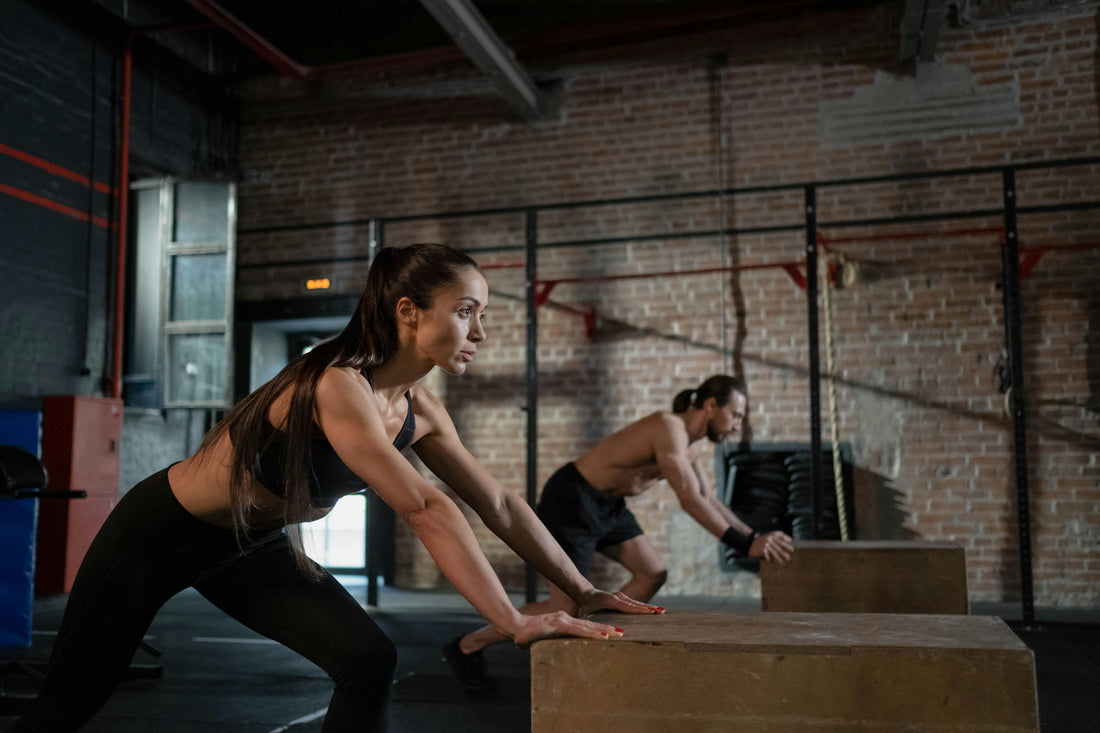
Is there a golden hour for exercise in women?
Share
As women age, their risk of heart disease increases—especially after menopause. While exercise is often recommended to protect heart and blood vessel health, new research raises an important question: Is there an ideal time in a woman’s life when exercise is most effective for her vascular health? This idea is known as the “golden hour” of exercise.
What changes during menopause?
Menopause is a natural phase where the body produces less oestrogen, a hormone that protects the blood vessels. When oestrogen levels drop, women may face increased blood pressure, more body fat around the belly, and stiffer arteries—all of which raise the risk for heart disease and stroke.
Oestrogen helps maintain healthy blood vessel function by improving how vessels relax and respond to blood flow. Without it, the inner lining of the blood vessels (the endothelium) doesn’t work as well. This is called endothelial dysfunction, and it’s a key early step in many heart diseases.
Does exercise always improve vascular health?
We know that regular aerobic exercise (like brisk walking, cycling, or swimming) helps keep blood vessels flexible and reduces inflammation. But surprisingly, postmenopausal women don’t always get the same vascular benefits from exercise as younger women.
Why? One theory is that without enough oestrogen, the body doesn’t respond to exercise in the same way—especially when it comes to releasing nitric oxide (NO), a key molecule that relaxes blood vessels. When NO is low, blood vessels stay stiff and narrow.
The “golden hour” idea: Why timing matters
Researchers now believe there may be a “window of opportunity” around the time of perimenopause (the years just before menopause) when the body still has fluctuating levels of oestrogen. During this time, exercise may work more effectively to support blood vessel health, especially if combined with healthy lifestyle habits.
This theory is called the “Exercise Timing Hypothesis”, and it’s based on the idea that starting an exercise routine earlier—before menopause is complete—could give better long-term benefits for the cardiovascular system.
What if you’ve already gone through menopause?
It’s never too late to be active. Exercise still offers many benefits for postmenopausal women, including better mental health, weight control, and bone strength. But if your goal is to protect your heart and blood vessels, starting earlier may help you get the most out of your workouts.
Some studies even show that adding low-dose oestrogen therapy might help improve how blood vessels respond to exercise in postmenopausal women—but this should always be discussed with a doctor due to potential risks.
Practical tips for ageing women
If you’re in your 40s or early 50s and starting to notice changes in your cycle, energy, or mood, now may be the perfect time to build an exercise habit. Here are a few helpful tips:
- Aim for at least 150 minutes of aerobic exercise each week.
- Include strength training 2 days a week to support muscles and bones.
- Be consistent—a little movement every day is better than intense bursts once in a while.
- Talk to your doctor if you’re considering hormone therapy alongside exercise.
Bottom line
There may be a “golden hour” during perimenopause when exercise has extra power to protect a woman’s heart and blood vessels. While more research is needed, the message is clear: Don’t wait. Start moving now.
Even small steps like walking more, taking the stairs, or doing gentle yoga can make a big difference—especially when timed with your body’s natural changes.
